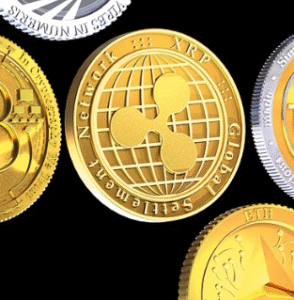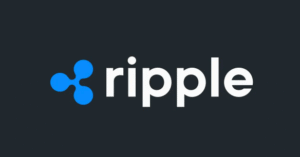$BTC $ETH $USDT
#DeFi #crypto #blockchain #SEC #regulation #cryptocurrency #investing #Trump #digitalassets #RegulationS #RegulationD #tokenoffering
World Liberty Financial, a decentralized finance initiative championed by former President Donald Trump, has made headlines with its announcement of a massive $300 million token offering, which intriguingly targets predominantly international investors. This strategic decision emerges in a context where U.S. involvement has been relatively minimal, with under 350 U.S. investors partaking – a fact that underscores the cautious stance many have adopted in light of the current regulatory milieu governed by the U.S. Securities and Exchange Commission (SEC). The company’s decision to cap the U.S. share of this offering at a mere $30 million, out of a substantial initial batch of tokens, speaks volumes about its tactical response to regulatory pressures and its broader ambitions on the global stage.
Operating from Wilmington, Delaware, but managed out of Puerto Rico, World Liberty Financial has sought to navigate the complex terrain of U.S. regulations by announcing this limited domestic offering. This move leverages Regulation S, permitting the sale of tokens to international investors without adhering to the rigorous requirements typically mandated by U.S. securities laws. The meager domestic uptake thus far may reflect a broader apprehension within the U.S. crypto community towards increasingly stringent regulatory oversight. Nonetheless, the indirect involvement of Trump and his sons in the venture, albeit for “informational purposes” only, introduces a layer of high-profile visibility that could influence the project’s trajectory.
The company’s strategic utilization of regulatory pathways underlines a nuanced approach to capital raising in a challenging environment. While navigating Regulation S for international sales, it concurrently harnesses Regulation D to target accredited U.S. investors, demonstrating a sophisticated balancing act aimed at maximizing engagement from both sectors. This dual-strategy not only acknowledges the hurdles presented by domestic regulatory standards but also capitalizes on the global interest in cryptocurrency ventures, as evidenced by thousands of unique addresses interacting with the asset, pointing to a wider yet underrepresented enthusiasm across the globe.
In juxtaposition to the vibrant international scene is the company’s subdued domestic posture, a consequence of the anonymity and freedom afforded by Regulation S contrasted with the transparency and stringent conditions of Regulation D. This divergence highlights not only the complexities inherent in the current regulatory frameworks but also the innovative strategies employed by crypto ventures to thrive within them. As World Liberty Financial continues to chart its course through these turbulent waters, its journey serves as a compelling case study of the intricate dance between innovation, regulation, and global market dynamics in the ever-evolving realm of digital finance.






Comments are closed.